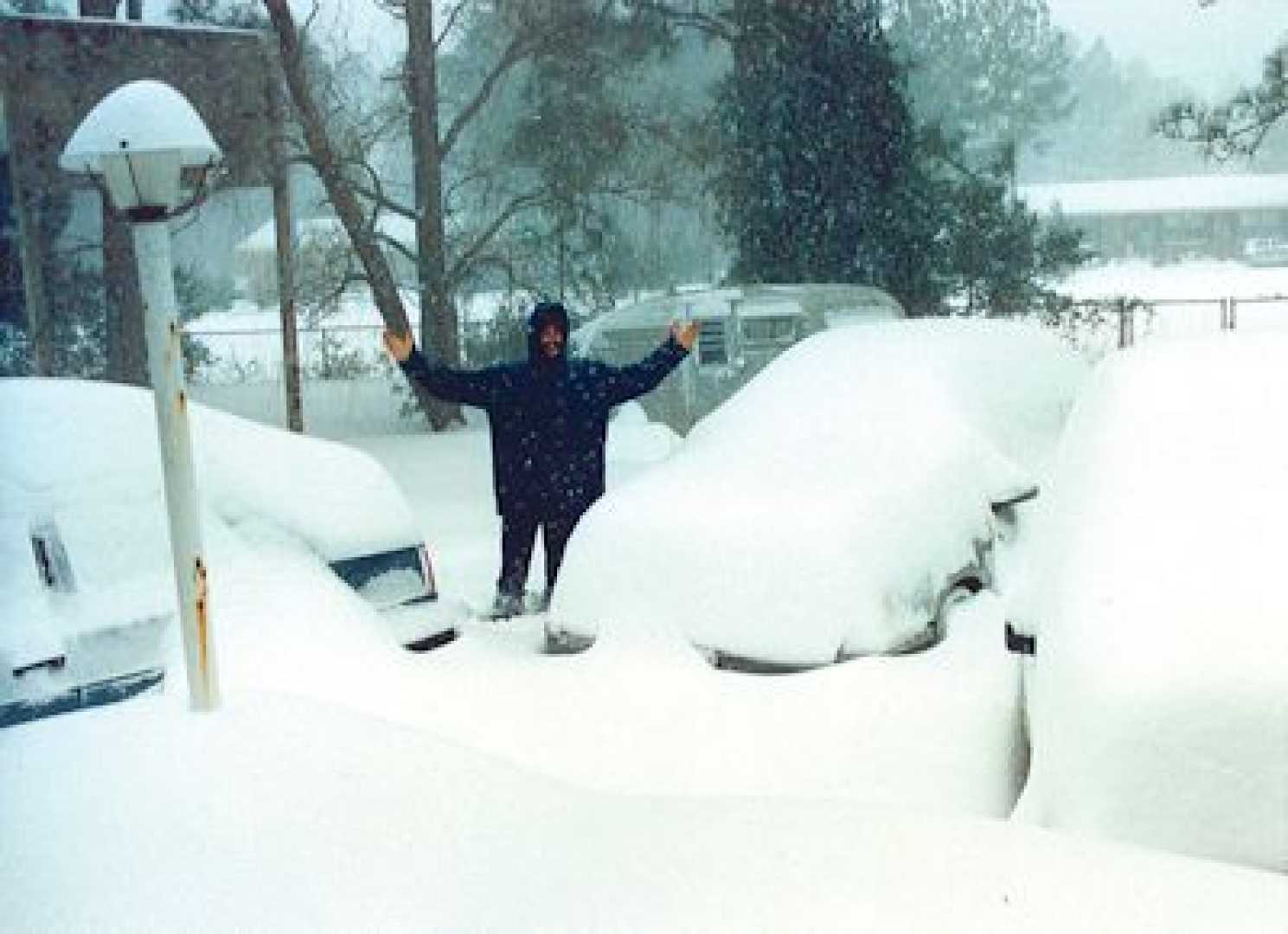News
Arctic Blast Hits Wilmington: Snow and Freezing Temperatures Loom

WILMINGTON, N.C. — The National Weather Service issued a cold weather advisory for Southeastern North Carolina on Monday, warning residents of an arctic air mass that will bring freezing temperatures and a chance of snow this week.
The weather service said the region will experience “abnormally cold temperatures” throughout the week, with lows dipping into the mid- to low 20s and highs struggling to reach 40 degrees. Gusts of up to 20 mph are expected, though wind impacts are likely to remain minimal.
While most precipitation will stay offshore early in the week, a slight chance of snow or sleet remains for Thursday into Thursday night. The weather service cautioned that any melted precipitation during the day could refreeze at night, creating hazardous conditions on roads and walkways.
“Any precipitation that melts during the daytime will re-freeze at night, leading to hazardous roads and walkways,” the weather service said in its advisory. Drivers and pedestrians were urged to watch for black ice.
As of Monday, less than an inch of snow was predicted for the Wilmington area. However, the weather service noted that another storm system could bring additional wintry precipitation later in the week, though specifics remain uncertain.
Wilmington last saw measurable snowfall on Jan. 29, 2022, when half an inch was recorded. The region’s largest snowstorm since 1870 occurred during the Great Christmas Blizzard of 1989, which dumped 15.3 inches of snow. Other notable storms include a 12.1-inch snowfall in February 1896 and a 12.5-inch blizzard in February 1973.
Since 1870, Wilmington has recorded a total of 241 inches of snow, with an annual average of just 1.6 inches. Most snowstorms occur in January and February, accounting for 66% of all recorded events.
Residents were advised to prepare for the cold by dressing in layers, avoiding prolonged exposure to the elements, and checking on vulnerable neighbors. The weather service also recommended keeping emergency kits in vehicles and ensuring homes are properly insulated.












